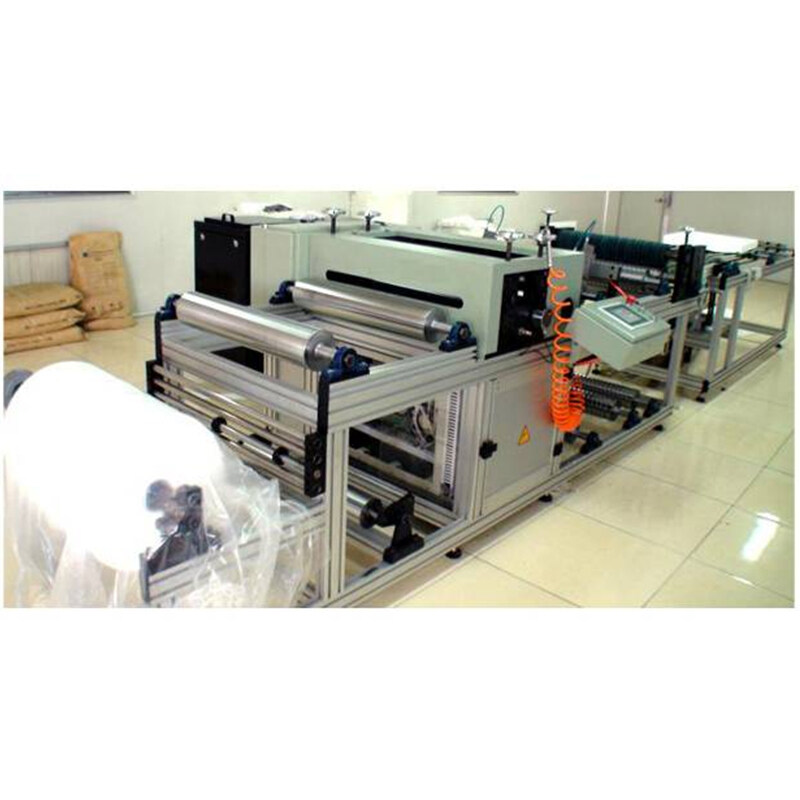The Most Common Types of Pleating Machines
Pleating machines have been used for several years to create decorative designs on fabric, including pleats and folds. The machine creates these designs by manipulating the fabric in different ways to alter its shape, creating a 3D effect.
There are different types of pleating machines available on the market, each with unique features and benefits. We can clearly know the most common types of pleating machines:
1. Rotary Pleating Machine
This type of pleating machine is efficient and suitable for high-speed production of pleated fabrics. It operates by using a series of rotating rollers, which press the fabric between them, creating the folds. The machine can work with a wide range of fabrics such as cotton, polyester, wool, silk, and more.
Rotary pleating machines have different roller widths and pleat counts, which allow for various pleat sizes and styles. Some models also come with a cutting system for trimming excess fabric while others incorporate heat setting technology to prevent pleats from loosening.
2. Blade Pleating Machine
Blade pleating machines are designed for more precise and delicate pleating jobs, such as those required for bridal gowns and other formal wear. The machine uses blades that move up and down to create the folds in the fabric, which makes it possible to create intricate patterns.
The blade pleating machine can operate with a variety of fabrics, but it is often used with lightweight and delicate materials such as chiffon, silk, and lace. It is also useful for creating box pleats and accordion pleats, which require very precise folding.
3. Knife Pleating Machine
Knife pleating machines are similar to blade pleating machines, but they use a different mechanism to create the pleats. Instead of blades that move up and down, the knife pleating machine has a set of stationary knives that hold the fabric in place while a bottom roller moves in a circular motion to create the folds.
This type of pleating machine is ideal for creating uniform pleats with consistent spacing. It can work with a wide range of fabrics, including thick and heavy materials like denim and leather.
4. Automated Pleating Machine
Automated pleating machines use computerized technology to create pleats in fabric. They are designed for high-speed production and can create a range of pleat styles and sizes.
These machines have several features such as pre-programmed pleat styles, automatic fabric feeding, and precision control of pleat size and spacing. They are often used by manufacturers of home textiles, such as curtains and bed linens, as well as in the automotive and medical industries.
5. Hand Pleating Machine
The hand pleating machine is a manual tool that uses a small wooden handle to create the folds. The operator holds the fabric in one hand and the handle in the other, then moves the handle up and down to create the pleats.
This type of pleating machine is mostly used for small-scale operations such as creating decorative accents on garments and accessories. It does not require electricity, making it a portable option for on-site work.

In short words, pleating machines are versatile tools that can help create beautiful, intricate designs on fabric. They have evolved over time to include models that cater to different fabrics, pleat styles, and production needs.
When choosing a pleating machine, consider the type of fabric you will be working with, the pleat style you want to achieve, and the level of automation you need. With the right machine, you can take your creativity to the next level and produce stunning results.



